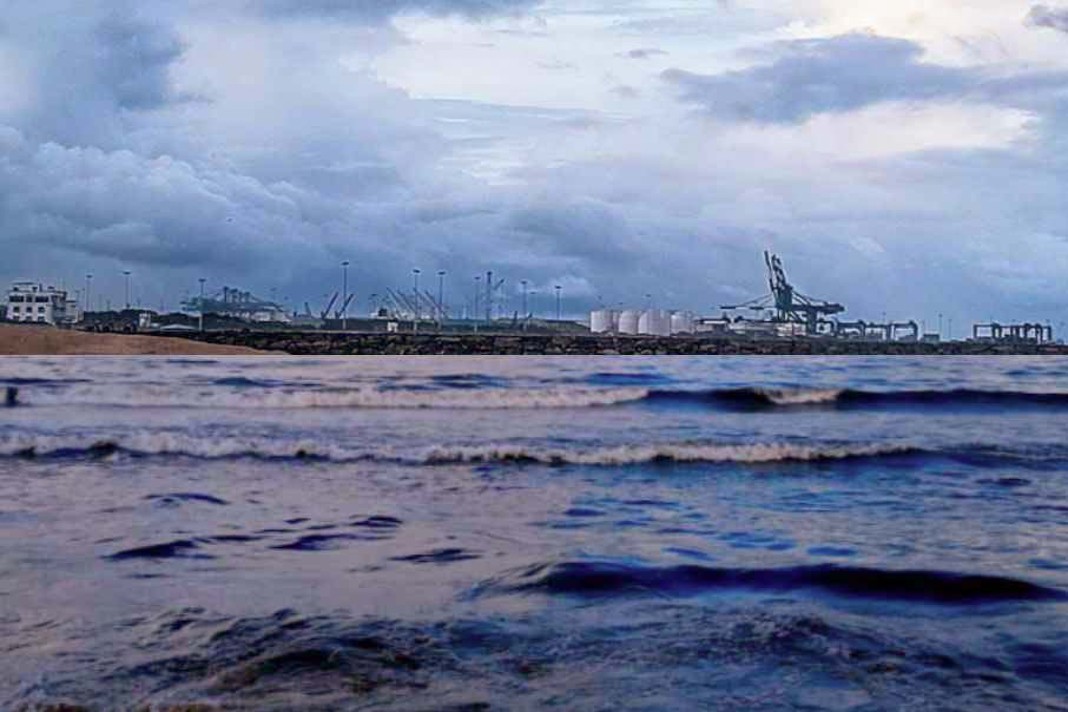As artificial intelligence (AI) is expanding into more sectors across the economy, Grant Ingram, CEO of Innovez One for the UK and EMEA, considers its potential applications for ports – and why it is essential that algorithms are trained judiciously, reports Innovez – one.
3 Ways AI Will Transform Ports
Artificial intelligence is regularly making headlines for enabling breakthroughs in sectors as varied as medicine, drug discovery, and finance. Algorithms powered by machine learning, a subset of AI, can generate text, images, and music, and even help identify genes responsible for diseases, but what exactly can they achieve for the maritime sector?
With growing pressure to reduce carbon emissions from shipping and wider supply chains, could AI support port’s efforts to deliver smarter, greener operations? The short answer is yes – here are three examples in which AI can provide an invaluable helping hand at a time when ports have to reinvent themselves.
1. Optimising Port Operations
One area where AI is already advancing port efficiency and sustainability is by automating and optimizing ports, tug, and pilotage operations. Machine learning enables algorithms to “learn” from a port’s data, predicting job durations based on ship types and required services. These predictions allow algorithms to efficiently deploy resources such as tugboats and pilot boats, solving complex puzzles and taking into account additional constraints such as the need to assign pilots to specific vessel types and sizes depending on their license, the types and number of tugboats required for each job, and the shuttles needed to take the pilots to the correct boarding grounds.
AI-powered optimization for port operations ensures all the moving parts align to welcome ships precisely when they arrive in ports. This directly impacts the waiting times for incoming ships, thereby reducing congestion and helping slash overall emissions from port operations. For example, in Tanjung Priok, our AI-powered MarineM system has reduced distances travelled by 20% and cut average waiting times for visiting ships from 2.4 hours to 30.6 minutes.
2. Berth Management
Machine learning can also help optimize berth management, ensuring that the right ship is assigned to the right berth at the right time to respond to its needs.
Berth allocation is a complex problem, as ships and resources must be allocated to the right berth given several constraints, such as the vessel size and type, the availability of cranes, and the need for offshore power, for instance. Getting this allocation right is going to become even more important in the future, as vessels will be powered by different types of fuels and clean technologies, making their needs for port services more specific.
3. Predicting and Managing Congestion
Looking at the advancement of AI, we can anticipate a future where AI-powered algorithms could evaluate and forecast port congestion levels using aerial imagery. Such technology could enable ports to identify critical situations and take proactive measures to mitigate congestion, further optimizing operations and reducing their environmental impact.
AI models could also help predict vessel arrival times more accurately, which would support key initiatives such as “Just in time” arrivals. Combined with congestion predictions, this could be used to advise ships when they can reduce their speed (and thereby their CO2 emissions), supporting more sustainable and smarter shipping.
How to get it right?
The question now isn’t whether AI should be used in the maritime sector, but how to harness it effectively. When it comes to ports and shipping operations, the stakes are high in terms of both efficiency and safety. With ports and shipping operations, there is no room for mistakes. Unlike conversation algorithms, we can’t experiment at will with port efficiency and safety.
To achieve reliable results through AI optimization, proper training is essential. In port operations, AI can be trained objectively, with algorithms learning what constitutes a “good answer” from a tailored dataset and clear parameters. To achieve this, a key part of the training is “reality checks” which test the algorithm’s predictions and schedules against actual durations. This helps the algorithm learn from a port’s specific operations and constraints and fine-tune its answers for its next schedules. This also means that the longer the system is in place in a port, the more accurate it becomes.
Did you subscribe to our daily Newsletter?
It’s Free! Click here to Subscribe
Source: Innovez – one






















